The Devastating Impact of Pesticides on Honey Bee Populations
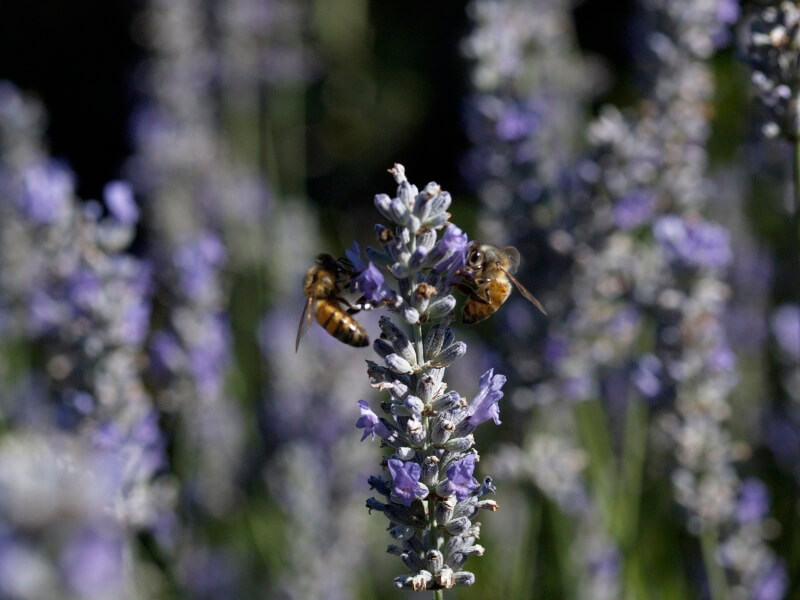
Pesticides, designed to control pests and increase crop yields, have inadvertently become one of the most significant threats to honey bee populations worldwide.
The harmful effect of pesticides on honey bees extend beyond direct mortality, impacting their health, behavior, and overall population dynamics.
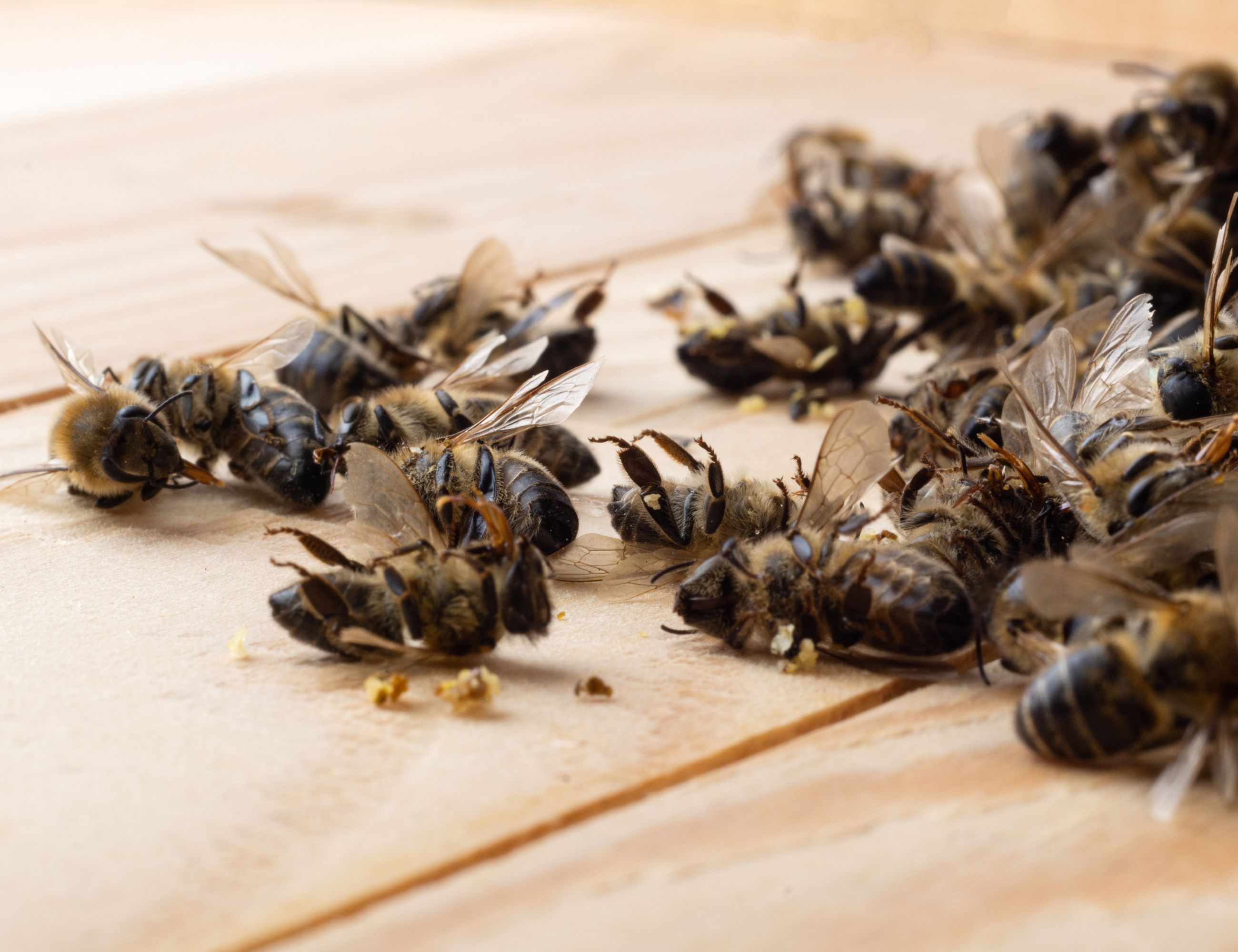
The cumulative impact of pesticides on honey bee populations is alarming, with studies linking pesticide exposure to declines in bee abundance, reproductive success, and overall colony health.
Recognizing the harmful effects of pesticides on honey bees is essential for implementing effective conservation measures, such as reducing pesticide use, promoting integrated pest management practices, and creating pesticide-free refuges to support pollinator populations.
Pesticide use has become inevitable in modern agriculture. With pesticide consumption increasing several folds during the last four decades, are pesticides killing bees?
Side effects are increasing and one of which is the toxicity to honeybees. According to a study in the UK, pesticides damage the ability of bees to gather food and are also killing them.
Since bees are the most important pollinators of crops, the use of pesticides can considerably reduce the yield of cross pollinated crops. In addition to the above effects, contamination of bee products, and loss in production of honey are the other effects caused by pesticides on bees.

Unfortunately, many pesticides are harmful to bee population. There are some pesticides that kill the bees directly. This occurs when bees are on the flowers at the time of application of the insecticide and the bees die instantly.
Some other types of pesticides allow the bees to return home and then they die. Such types are easy to identify than the first ones. There are certain pesticides that do not have any effect on the adult honey bees, but cause damage to young, immature bees.
According to research, two pesticides commonly used by farmers today could affect bees brains. The two pesticides namely, neonicotinoids and coumaphos target bees brains, thus making it a slow learner and make the it forget floral scents.
They also found that, the combination effect of these two pesticides were far greater than individual effect. Bees that were exposed to combined insecticides, were slow to learn or sometimes completely forgot important associations between their ability to nectar and floral scent.
The neonicotinoids are a relatively new class of pesticides that have an effect on the bee's central nervous system. It is the most widely used insecticide in US, which is used as a coating in agricultural seeds and in potted plants.
It spreads to the whole plant including pollen and nectar that the bees eat. Scientific studies indicate that the bees that feed on neonicotinoid contaminated pollen and nectar forage less and produces fewer offspring.
The other insecticide, coumaphos, is a compound that is used in honey bee hive to kill a parasite called the Varroa mite that commonly attacks honeybees.
There are certain steps that can be followed to avoid bee kill, which include:
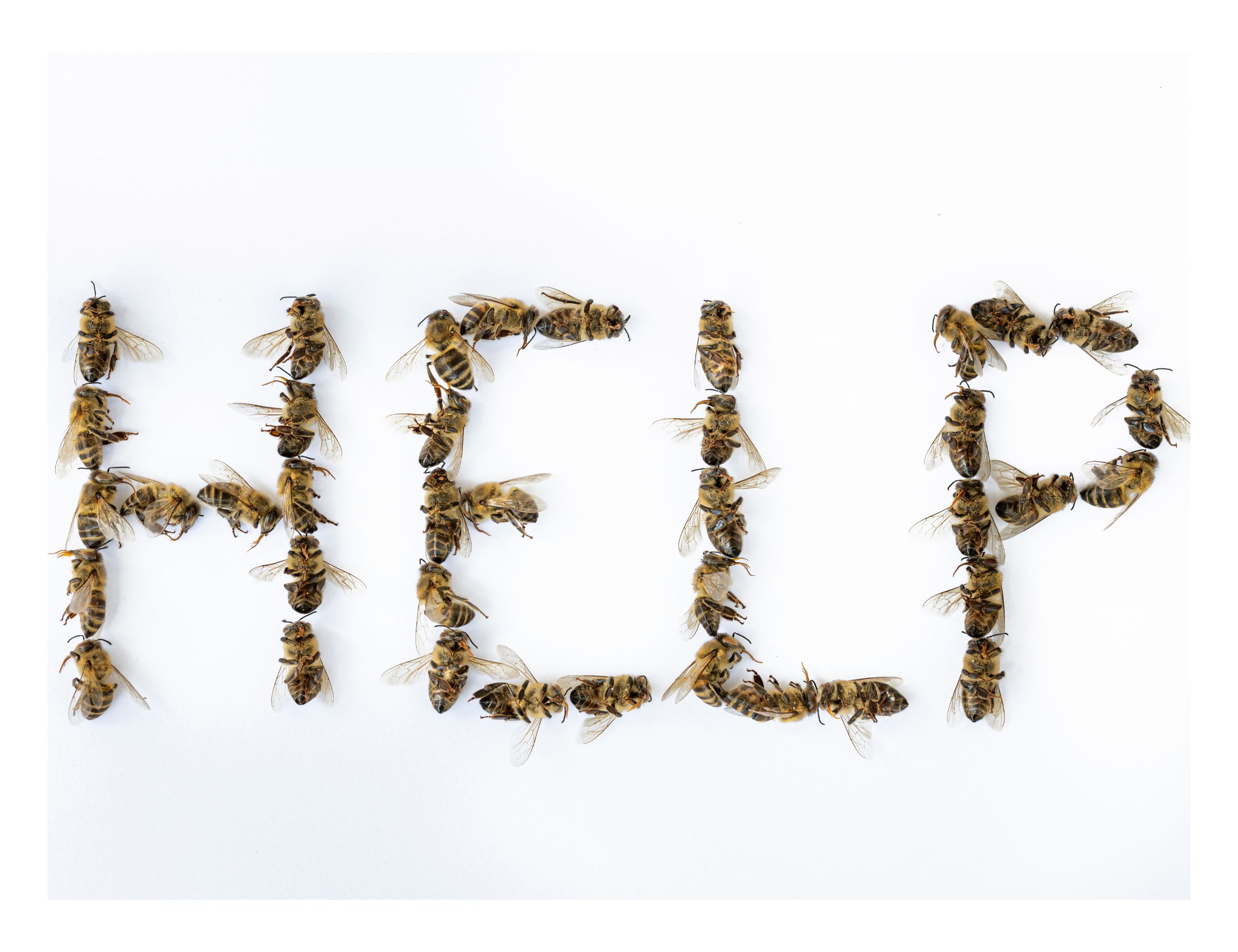
a. Pesticide application should be done in the evening, and it should also have less residual activity the next day. This will minimize the impact of insecticides on honeybees, as honey bees have the tendency to forage during the day and also during sunny days than cloudy days.
b. There should be a plan agreed between the sower and the bee keeper to minimize the use of pesticides, if bees are used to pollinate the crop.
c. Certain crops like melons, cucumber, pumpkin and squash have flower that will be open only for a single day. In such cases, the pesticide application should be held when the flowers are closed, as it will reduce the impact on bees.
d. Awareness of bee hive locations before pesticide are applied.
e. Pesticides applied in the form of liquid are less toxic than dust form, according to researchers.
f. Using insecticides only when needed and avoiding it when the crops are in a bloom
In order to protect honeybees from harmful pesticides, beekeepers, growers, government officials, and applicators should have a good deal of co-operation with each other. Constant communication among the group fostered by trust are the key to co-operation.




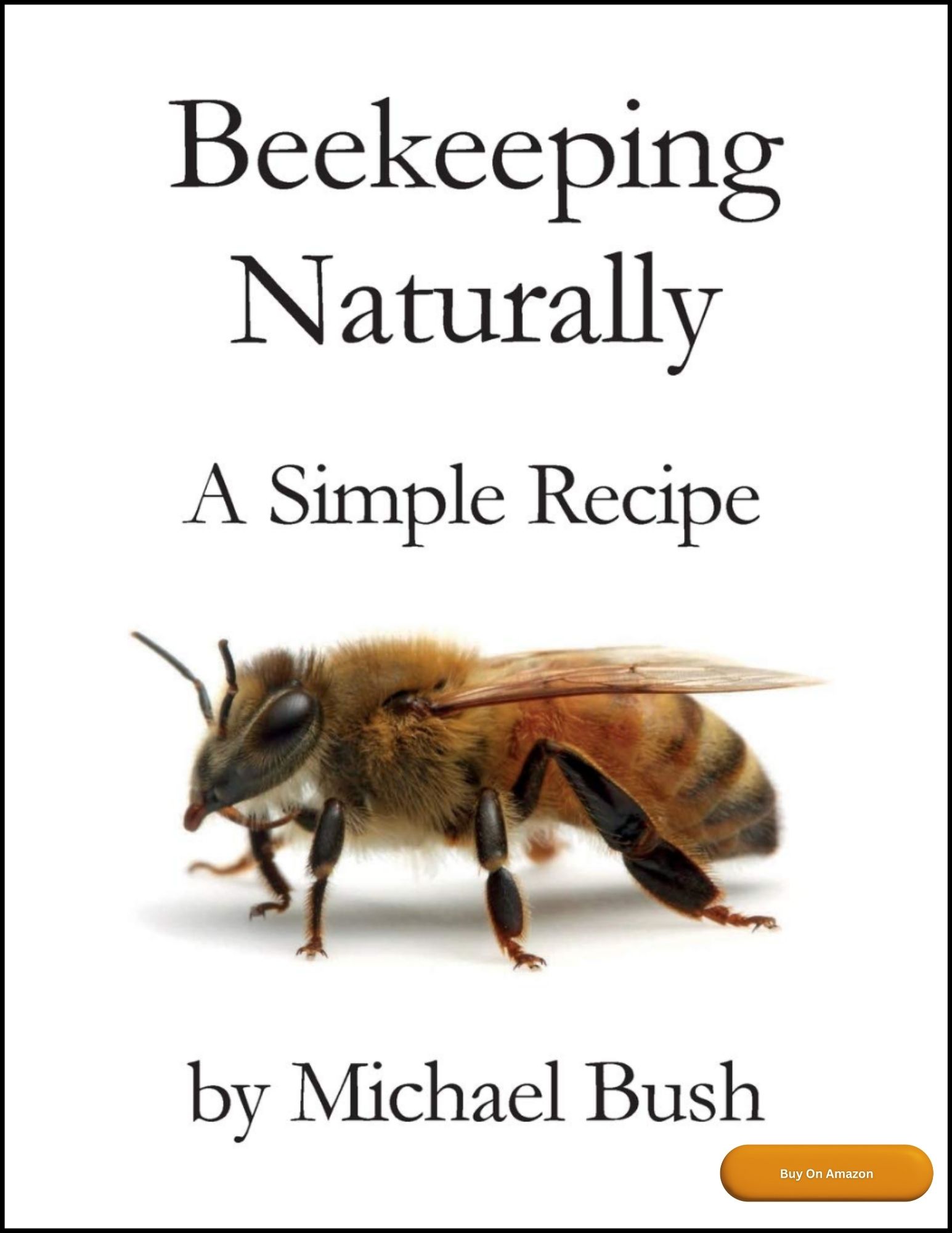
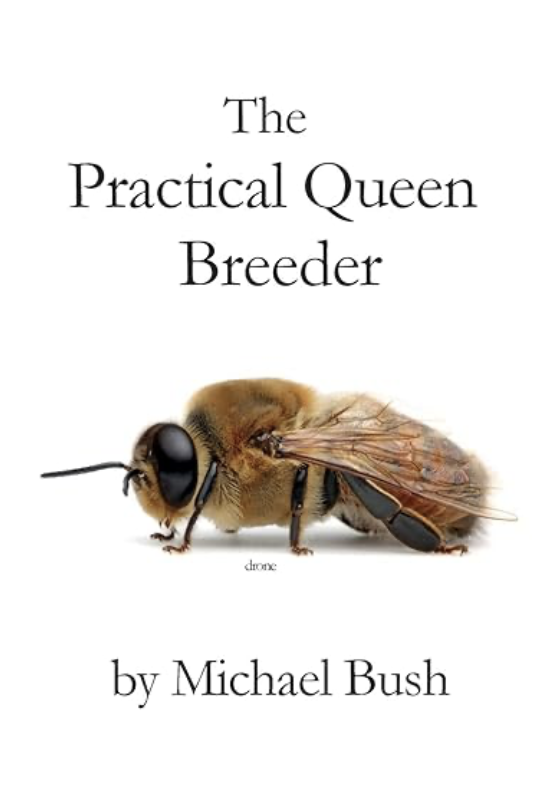

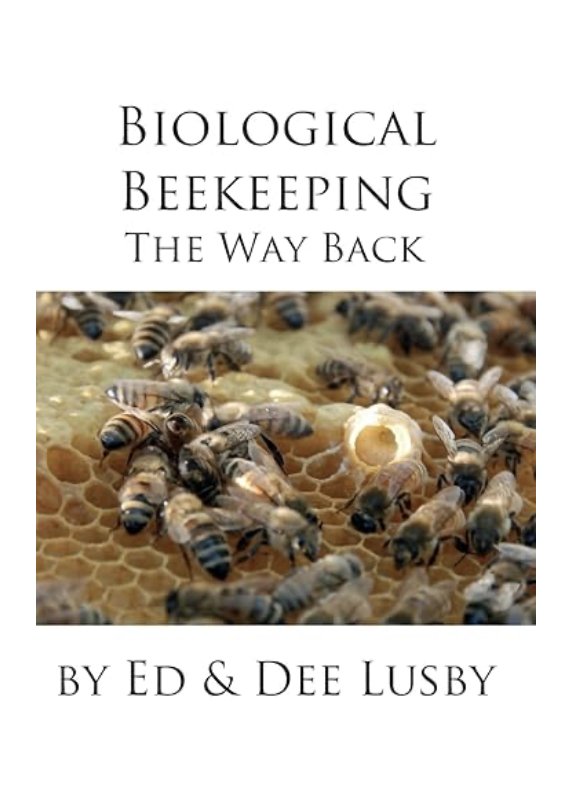

New! Comments
Have your say about what you just read! Leave me a comment in the box below.